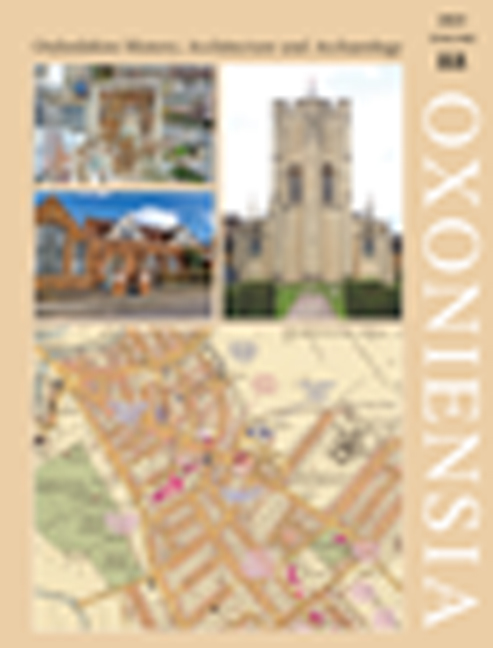Late Neolithic to Beaker-Period Activity and a Mid Anglo-Saxon Cemetery at Sutton Road, Milton
Published online by Cambridge University Press: 15 May 2024
Summary
SUMMARY
Archaeological investigations revealed part of a late Neolithic to Beaker-period occupation site comprising a scatter of small pits. These contained charcoal-rich soil fills, which yielded a small assemblage of Grooved Ware and Beaker pottery, along with a single struck flint. A radiocarbon determination from a Beaker-period pit dated the on-site occupation to 2456–2203 cal BC. The ephemeral remains of a subsequent field system probably dated to the later prehistoric or Roman periods. A cemetery, consisting of fifty graved inhumations, dated to around the eighth century AD. This was located adjacent to the sixth- to seventhcentury Milton Anglo-Saxon cemetery, which is thought to have been related to the great hall complex at Sutton Courtenay. The burials at Sutton Road were predominately laid east–west in the supine position and, in some cases, had possibly been shrouded. There was a general paucity of grave goods, with a few iron artefacts present in three graves, and three of the male burials were associated with evidence for healed weapon injuries. It could not be confidently discerned if the burials were Christian, although this was a possibility. A nearby cattle burial was broadly contemporary with the cemetery.
This report presents the findings of archaeological investigations undertaken by Foundations Archaeology at Sutton Road, Milton, South Oxfordshire in 2014 to 2015. The works comprised an evaluation, along with a strip, map and sample excavation and a watching brief, all of which represented archaeological fieldwork mitigation, related to the construction of a small housing estate, subsequently named ‘Beaker Place’. The works were undertaken in accordance with approved Written Scheme of Investigations (WSI) and complied with the relevant IfA Standard and Guidance. A summary account of the results of the investigations is given below. Further detailed records are contained within Foundations Archaeology’s evaluation and post-excavation assessment reports. All radiocarbon determinations cited in this report were provided by the Scottish Universities Environmental Research Centre (SUERC) and are quoted at the 95 per cent probability range, unless otherwise stated. The project was commissioned by Linden Homes Thames Valley.
LOCATION, TOPOGRAPHY AND GEOLOGY
The study area is located immediately to the south of Sutton Road and to the east of Sir Mortimer’s Terrace, on the north-east edge of Milton village (Fig. 1). At the time of the fieldwork the site formed part of an arable field, which extended to the east.
- Type
- Chapter
- Information
- Oxoniensia 88 , pp. 293 - 322Publisher: Boydell & BrewerFirst published in: 2024



